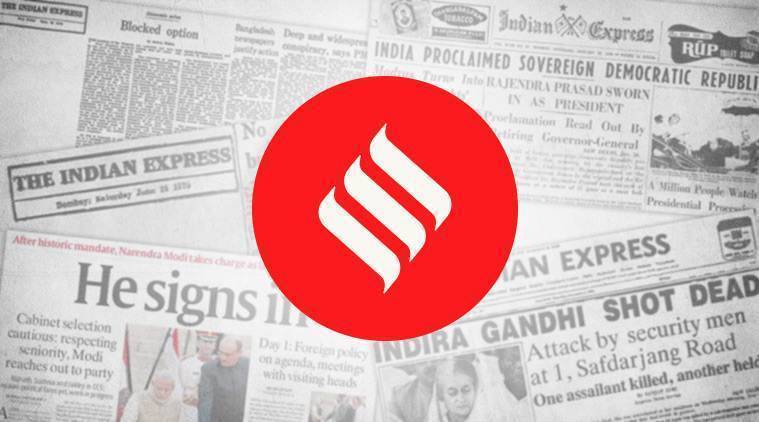 Reports in this newspaper in the last few days on the geographic scope and depth of the incursions, and the intensity of troop concentration, suggest there is a danger of the current face-off in eastern Ladakh becoming a bigger military confrontation.
Reports in this newspaper in the last few days on the geographic scope and depth of the incursions, and the intensity of troop concentration, suggest there is a danger of the current face-off in eastern Ladakh becoming a bigger military confrontation.
As tensions between the Indian and Chinese armed forces mount in eastern Ladakh, Delhi and Beijing seem to be hurtling towards a fourth military crisis on their long and contested northern border. The resolution of the last three crises — at Depsang plain in northern Ladakh during 2013, Chumar In eastern Ladakh in 2014, and Doklam on the east at Bhutan’s border with China in 2017—required ever-higher political intervention. Prime Minister Li Keqiang’s visit to India in 2013 and President Xi Jinping’s trip to India in 2014 helped lower the military temperature at Depsang and Chumar respectively. A series of high-level meetings between Modi and Xi at various multilateral settings in 2017 provided the necessary political push to disentangle the conflict that lasted 73 days at Doklam.
Two summit-level retreats between Modi and Xi — at Wuhan in 2018 and near Chennai in 2019 — raised expectations for more enduring solutions. Those hopes have not so far translated into effective agreements to manage the new normal on the Sino-Indian frontier. Three features define the new normal. In the past, the divergent perceptions of the Line of Actual Control meant “incursions” across the other’s claim line were common but not threatening. Since the late 1980s, Delhi and Beijing had crafted a series of protocols to address these incursions. Second, these protocols are unable to cope with the new dynamic marked by more vigorous patrolling by the two armed forces and more frequent and intense face-offs between them, thanks to the modernisation of military capabilities and transport infrastructure on both sides of the disputed border. Finally, the diminishing trust between Delhi and Beijing amid the widening template of economic and political conflict threatens the capacity of the two security establishments to manage crises.
Reports in this newspaper in the last few days on the geographic scope and depth of the incursions, and the intensity of troop concentration, suggest there is a danger of the current face-off in eastern Ladakh becoming a bigger military confrontation. Three urgent imperatives present themselves: First, PM Modi must take the Opposition political parties into confidence on the nature of the crisis. Second, is the need for an early political consultation between Delhi and Beijing on exploring ways to end the stand-off. Reports that Chinese troops are sitting on Indian territory underline the importance of restoring status quo ante; this is unlikely to be achieved at the local level. Finally, a renewed effort at resolving the conflict over the boundary dispute must necessarily complement the management of frequent crises on the Indian frontier with China. In recent years, Delhi has often proposed that the two countries must begin the clarification of the Line of Actual Control on an urgent basis. That would pave the way for a political settlement of the boundary dispute. China would be wise to take a fresh look at its position instead of risking a prolonged confrontation with India and a deepening chill in bilateral relations in a world still reeling under the effects of COVID, and at a time when its own handling of the outbreak is coming under mounting scrutiny.